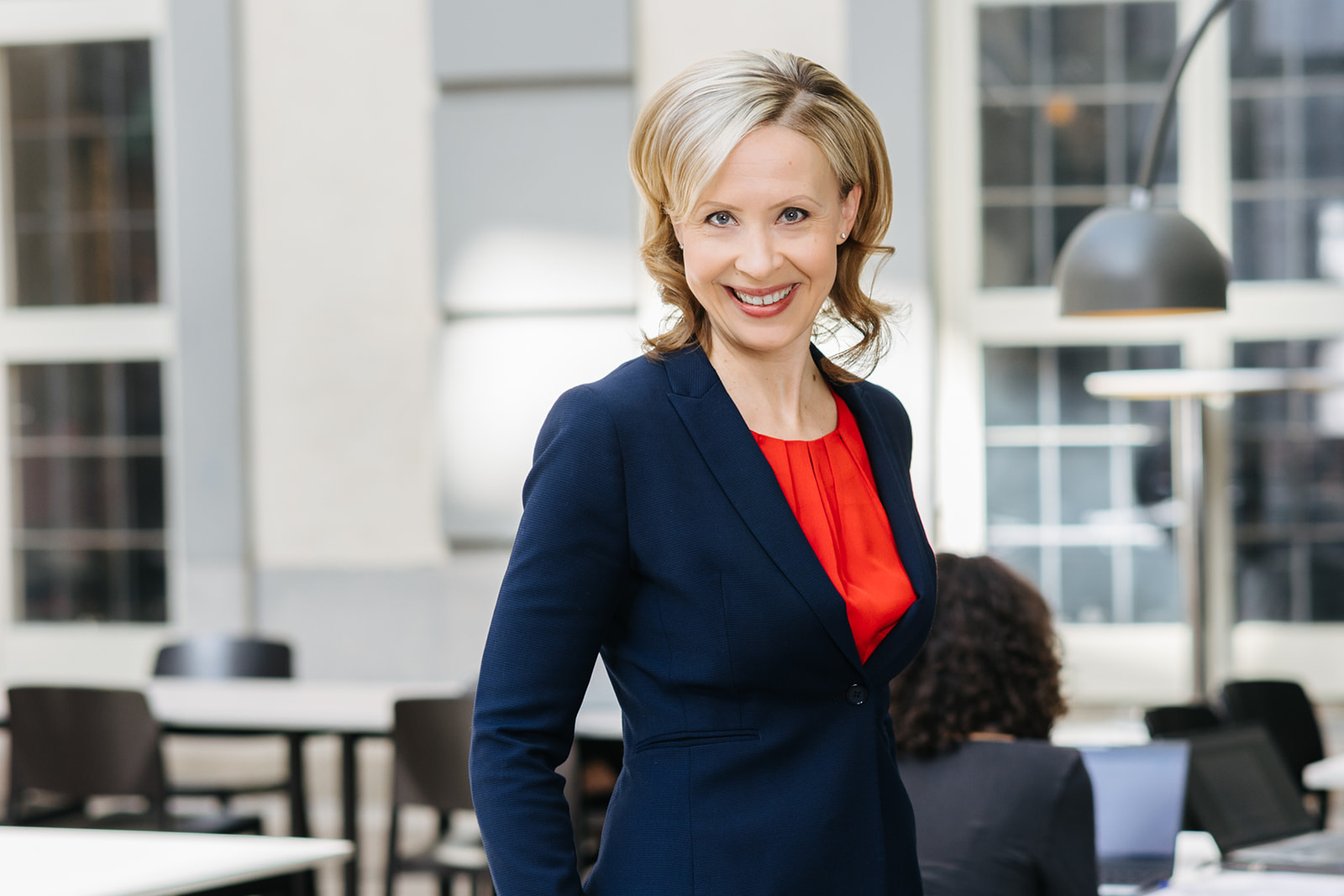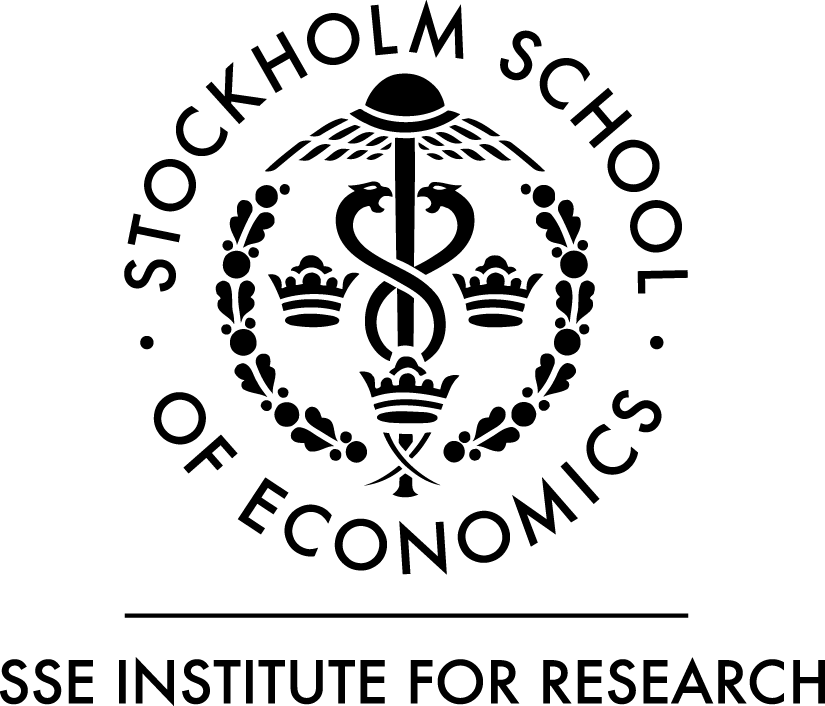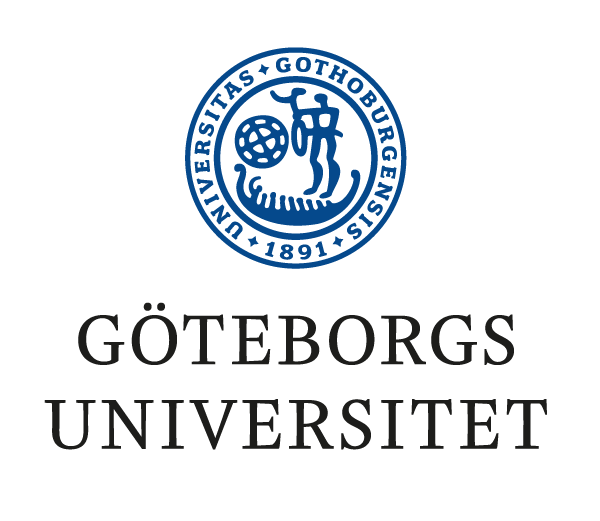Suvi Nenonen has been at the Stockholm School of Economics for three years.
“Before that, I spent a decade on the other side of the world, working at the University of Auckland, New Zealand. Earlier, I worked as a management consultant, working my way up from assistant consultant to becoming a partner and responsible for our strategy practice.”
Her research reflects her background in the private sector.
“My research is in the intersection between strategic marketing and strategic management. I am very interested in markets and especially how they can be influenced. Either shaped so that they work better or create completely new markets, for example, around a new technological innovation. I started that research quite traditionally, asking questions such as ’How markets can become fast-growing, more profitable, or easier to navigate?’”
“Like several of my colleagues, I have also had a ‘sustainability wake-up call’. Since markets are almost everywhere in Western economies, they are also important vehicles in making our societies more sustainable. Nowadays, all my research is about how you can shape markets to be more sustainable, delivering better environmental and societal outcomes.”
Market shaping
Suvi describes one classical example of shaping the market in the commercial realm.
“The predecessor of Rolls-Royce realized that you didn’t have to sell the jet engines. Instead, you could lease them and charge the customer by the flying hour. By moving from selling to leasing, the size of commercial aviation increased more than tenfold over a matter of decades. That move reduced the capital that the customer needed to increase the size of the fleet.”
Market making
“Creating a new market is something you see every time you have a new-to-the-world type of innovation. The product must fit with all the other surrounding infrastructure. You need to know how to use it, and perhaps have some rules. Before all those things and the knowledge are there, you will never have mass markets.”
Market shaping in forest-related markets
In one of Suvi’s research projects together with SSE colleagues, they investigate forest-related markets. They look at different markets related to the Nordic forestry sector and how they are being shaped to become more sustainable. Some patterns of activities seem to be recurring, she points out.
“Some actors are saying that the core product available at the market isn’t good enough, and that it needs to be made more sustainable. One example is to use mass timber products instead of concrete when building multi-story residential buildings. Another example is within forest management services, moving towards continuous coverage forestry instead of clear-cutting. For others, changing the product or service is not enough. Instead, wider parameters need to be influenced, such as regulating how we build and manage our forests.”
Something she didn’t expect when they started this research process was the strong connection to finance. Suvi explains that they saw finance as a parameter shaping behavior in all their case studies.
“Institutional investors have specific demands, for example, when building their real estate portfolio. When these demands – or the availability or price of financing –changes to favor more sustainable alternatives, you see a change in the markets for construction projects.”
A third typical recurring pattern of trying to make markets more sustainable is constraining their size.
“Some are saying that even if we make the product better, and even if we regulate and finance the market to the best of our abilities, some negative externalities might still happen. Hence, we must limit the size of the market – such as the number of new buildings. Instead of tearing down existing buildings and building new ones, let’s renovate what we have.”
What motivated you to join SFL?
“I have bumped into financial markets in my research, which has made me realize that financial markets are special. They have a special power to transform other markets and, hence, our society, to become more sustainable. I genuinely buy into the mission of Sustainable Finance Lab and want to contribute whatever I can. I also have a huge respect for the people behind SFL. I know some of the researchers, Lin and Kent, from the past, and the quality and the transdisciplinary breadth of the people behind the SFL also blew me away. I also think this would be a wonderful opportunity for me to learn more, which hopefully helps me to become a better researcher, bridge builder, and educator. It is wonderful that there are such transdisciplinary platforms, because publishing transdisciplinary research is still difficult. Many people realize that this is what we need to do. At the same time, there is a push back from certain aspects of the academic world, so, fortunately, you have these platforms that are doing this difficult but very much needed research.”
You have a marketing and strategy background. Do you have any thoughts on how to use your experiences in the SFL context?
“Financial markets are also markets, and I know some things about how to shape markets. Hopefully, my research can inform the SFL a little bit. You can also relate strategy and marketing to SFL’s mission, which is very much about transforming the financial sector and, hence, transforming society. Whenever you are talking about such a wide change, you need to sell it to various stakeholders. So, it is important to understand what makes different stakeholders tick and how to communicate with them.”






